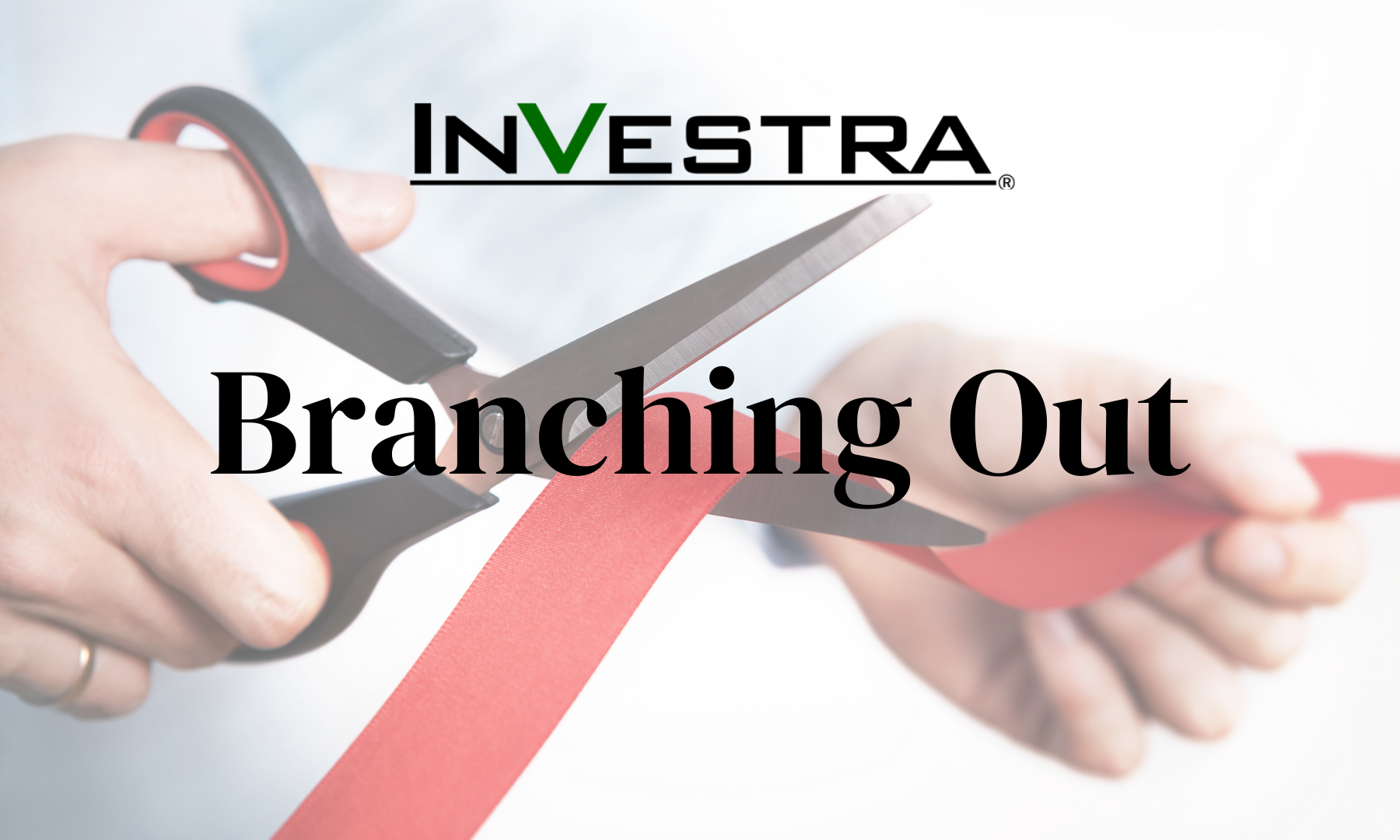How funding with life insurance works
When using life insurance with a buy-sell agreement, either the company or the individual co-owners buy life insurance policies on the lives of each co-owner (but not on themselves). If you were to die, the policy owners (the company or co-owners) receive the death benefits from the policies on your life. That money is paid to your surviving family members as payment for your interest in the business. If all goes well, your family gets a sum of cash they can use to help sustain them after your death, and the company has ensured its continuity.
Advantages of using life insurance
- Life insurance creates a lump sum of cash to fund the buy-sell agreement at death
- Life insurance proceeds are usually paid quickly after your death, ensuring that the buy-sell transaction can be settled quickly
- Life insurance proceeds are generally income tax free; a C corporation may be subject to the alternative minimum tax (AMT)
- If sufficient cash values have built up within the policies, the funds can be accessed to purchase your business interest following your retirement or disability
Disadvantages of using life insurance
- Life insurance premiums are paid with after-tax dollars because the premiums are generally not a tax-deductible expense
- Premium requirements are an ongoing expense
- One or more co-owners may be uninsurable due to age or illness
- If the co-owners’ ages vary widely, younger co-owners will have to pay higher premiums on the lives of the older co-owners
- If the ownership percentages vary widely, more insurance will be needed to cover the owners with the larger ownership interests, resulting in higher premium costs for those with smaller ownership interests
How to set up different types of buy-sell agreements
In an entity purchase buy-sell agreement, the business itself buys separate life insurance policies on the lives of each of the co-owners. The business usually pays the annual premiums and is the owner and beneficiary of the policies.
In a cross-purchase buy-sell agreement, each co-owner buys a life insurance policy on each of the other co-owners. Each co-owner usually pays the annual premiums on the policies they own and are the beneficiaries of the policies. If your company has a large number of co-owners, multiple policies must be purchased by each co-owner.
A ‘wait and see’ (or hybrid) buy-sell agreement allows you to combine features from both the entity purchase and cross-purchase models. The business can buy policies on each co-owner, the individual co-owners can buy policies on each other, or a mixture of both methods can be used.
The buy-sell agreement should be fully funded
The amount of insurance coverage on your life should equal the value of your ownership interest. Then, when you die, there will be enough cash from the policy proceeds to pay your family or estate in full for your share of the business. But if all that is affordable is insurance coverage for a portion of your interest, you might want to go ahead and fund that amount. Later, the company may be able to increase the amount of insurance or use additional funding methods. In the meantime, the agreement should specify how your family or estate will be paid.
The value of the business could change over time
What if the insurance proceeds turn out to be less than the value of your business interest, due to growth in the business? Your surviving family members might end up getting less than full value for your business interest. Your buy-sell agreement should specify how the valuation difference will be handled.
Conversely, the insurance proceeds might be greater than the value of your business interest when you die. Your buy-sell agreement should address this potential situation upfront and specify whether the excess funds will belong to the business, the surviving co-owners, or your family or estate.
Should group life insurance be used?
Using a company’s group life insurance plan to fund a buy-sell agreement is generally not recommended. Normally, group life insurance premiums are tax deductible to the company. But premiums are no longer deductible if the business is the beneficiary.
Possible negative tax consequences
- For policies issued after August 16, 2006, the death benefits of life insurance on the life of an employee payable to the employer/policy owner may be subject to income taxes unless an exception applies.
- Assume your business is a corporation or is taxed as one. When one of your co-owners dies, his or her estate becomes the owner of the insurance policies covering you and the other co-owners of the business in a cross purchase agreement. If these policies are then transferred to the surviving co-owners to pay for future buyouts, a transfer-for-value (gain) may occur, and a portion of the proceeds received from the transferred policies may be taxable.
- If a policy is canceled (surrendered) for cash to buy out your interest while you are living, any gain on the policy is subject to federal income tax for the policyowner. Gain includes all policy loans outstanding at the time of surrender. Also, the policy may carry surrender charges.
- The proceeds received by a C corporation under an entity purchase agreement may be subject to the AMT.
Keeping track of your buy-sell agreement
Each year, the premiums on the policies must be paid, or the insurance will lapse. So monitor premium payments carefully. Your buy-sell agreement should include a feature requiring ongoing proof of payment. Also, review the amount of insurance regularly. The insurance coverage may have to be increased periodically to reflect increases in the value of the business. If additional insurance is not possible, another funding method should be established. Finally, periodically check the financial rating of your insurance company. The policies funding your buy-sell agreement will do your family no good if the insurer becomes insolvent.

